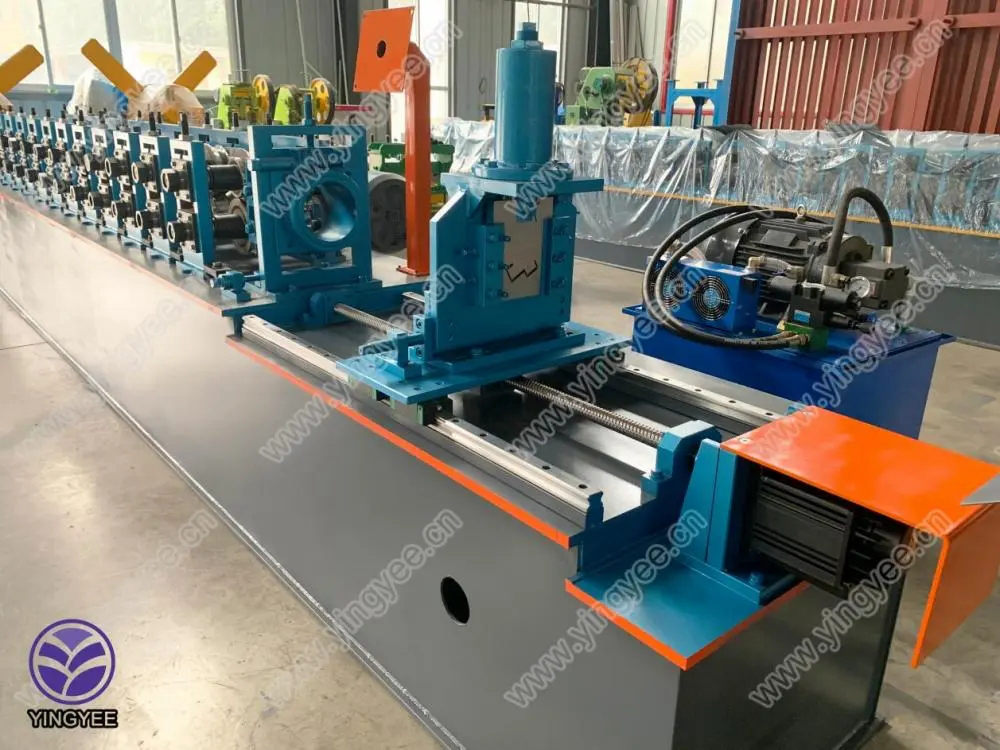
The Process and Benefits of Cold Roll Forming
Cold roll forming is a highly efficient and effective manufacturing process widely used in various industries to create complex cross-sectional shapes from metal materials. This technique stands out because it eliminates the need for heat, allowing manufacturers to produce components quickly while maintaining tolerances and surface finish quality. Understanding the mechanics and benefits of cold roll forming can provide insights into its applications and relevance in modern manufacturing.
The Cold Roll Forming Process
Cold roll forming begins with a flat strip or sheet of metal, which is then fed through a series of rollers that progressively shape the material into the desired profile. The process typically involves multiple passes through the rollers, each designed to bend the metal further into the final shape. Notably, since the material is processed at room temperature, it retains its natural strength, making the final product more robust than components formed by other methods like stamping or hot rolling.
Each step in the cold roll forming process can be meticulously controlled, allowing for high precision in dimensions and contours. Manufacturers can customize rolls to produce specific shapes, ranging from simple sections to intricate profiles. The use of specialized tooling in the form of rollers ensures that the material is formed without significant waste, further enhancing efficiency.
Key Advantages of Cold Roll Forming
One of the primary benefits of cold roll forming is its high production efficiency
. Once the initial tooling is set up, the system can produce large volumes of parts quickly and continuously. This capability makes it particularly advantageous for high-demand components, reducing lead times and manufacturing costs.
Another significant advantage is the strength of the finished product. Cold roll forming induces strain hardening in the metal during the bending process, which enhances the material's yield strength. As a result, the end products are not only lightweight but also robust, making them suitable for various structural applications in construction, automotive, and appliance industries.
Additionally, cold roll formed products often exhibit superior surface quality. The absence of heat in the forming process means that the surface does not suffer from oxidation or scaling, leading to a cleaner appearance and reduced need for secondary finishing processes. This aspect makes cold roll forming ideal for applications requiring cosmetic appeal, such as in consumer goods and architectural components.
Applications of Cold Roll Forming
Cold roll forming is utilized across a diverse range of industries, reflecting its versatility. In the construction sector, it is used to create steel studs, tracks, and other framing components. The automotive industry benefits from cold roll formed parts for vehicle frames, brackets, and trim due to their strength and weight-saving properties.
Furthermore, the appliance industry relies on cold roll forming for producing components like hinges, frames, and channels. The process is also prominent in producing railings and fencing in the architectural realm, exemplifying its adaptability to various design needs.
Conclusion
In conclusion, cold roll forming is a sophisticated manufacturing technique that provides numerous advantages, including efficiency, strength, and superior surface quality. As industries continue to demand high-performance, cost-effective components, the relevance of cold roll forming will likely grow. Its capacity to produce complex shapes with precision and minimal waste positions it as a cornerstone in modern manufacturing processes, paving the way for innovative applications across numerous fields. Whether in infrastructure, transportation, or consumer products, cold roll forming remains a pivotal process driving the evolution of metal fabrication techniques.